This might hit you as a surprise, but Epiphone’s actually one of the world’s oldest music manufacturers. They’ve been around for nearly 150 years and were founded back when the Ottoman Empire still existed in 1873. Nowadays their headquarters is stationed Nashville, US, and they’re considered as a leading brand in the guitar manufacturing world.
Epiphone guitars are classy, to say the least, but one of the main reasons why people love them so much is because they’ve partnered up (actually, got owned by) Gibson guitars, so the vast majority of technologies the latter company uses now gets implemented in Epiphone axes.
Epiphone Les Paul Special II – what to expect?
It’s hard to describe what the Les Paul Special really is. On one hand, this is a budget guitar, on another hand, it comes from a huge brand which used a plethora of neat technologies to make it look and sound the way it is. So, in essence, this ax packs quite a punch in terms of both sound and aesthetics, but it’s still a relatively cheap guitar, so you shouldn’t expect it to sound like the original Les Paul models made by Gibson.
In a nutshell, this particular guitar looks absolutely amazing, it’s relatively easy to use it due to its high playability and a small number of tone control knobs, it sounds terrific for the money, and it’s one of the best axes in the price point category.
Main Features
Most Epi guitars are built in a relatively simple fashion. There aren’t too many features, as the idea was to focus on getting the most out of the tonewood combination coupled with world-class hardware.
The main features of the Epiphone Les Paul Special II are a mahogany body, mahogany neck, rosewood fingerboard, the 700T humbuckers, and a convenient set of chrome tuning pegs.
Mahogany Body
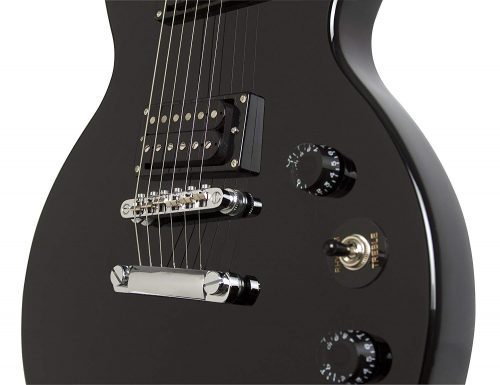
In truth, mahogany isn’t exactly an exotic material, hence most guitars made of it aren’t too expensive. What Epiphone is very famous for is delivering guitars that offer plenty of sustain and character, and that’s precisely what mahogany provides.
As for the soundstage of a guitar that’s made of it, mahogany hammers down deep lows, fairly bright middles, and not overly pronounced highs.
Mahogany Neck

Mahogany is pretty much the new maple. Gibson uses it very often, as it provides a superior level of durability without hindering the tonal qualities of the guitar. An interesting thing about mahogany necks is that they feel very dense and get every sturdier as they age.
Perhaps one of the main reasons why Epiphone engineers decided to use mahogany for Les Paul Special II’s neck is because it actually works amazingly well when combined with, well, itself.
Rosewood Fingerboard
In truth, rosewood is fairly heavy, both in weight and tone. It’s a relatively common material used for fretboards as it resounds quite bright in combination with virtually any quality piece of wood. Rosewood is just slightly more expensive from mahogany, although it’s not as exquisite as ebony, for example.
A fingerboard made of maple often has fairly simple inlays as you don’t want to dig in too deep into the wood, and such was the case with Les Paul Special II as well.
Epiphone 700T & 650R Humbuckers

One of the ways we could define Epi humbuckers is as ‘neutral’. They’re neither too heavy or too bright, although they do provide a rich, full-bodied sound.
Some people go as far as to say that these humbuckers appear fuzzy on certain amps, but that’s a matter of subjective opinion in this case. The fact is that 700T and 650R offer a bit of extra punch to the midstage, they don’t overly accentuate the highs but they do make them more apparent, and as for the lows, they’re handling them well, to say the very least.
Hardware/Tone control
The hardware pieces on Epiphone’s Special II are pretty simple. There are only two tone control knobs, the master tone & master volume knob, a 3-way toggle switch used to alternate between humbuckers, a set of chrome tuning pegs, and a tune-o-matic fashioned bridge.
Suffice to say, these hardware components are all extremely reliable and durable, as you’ll get to see them on Epiphone’s more expensive models as well.
Aesthetics
Although not the most important aspect of a guitar, aesthetics components do matter if only a little. Basically, we’ve already said that this guitar looks amazing, so let’s go over the finish styles you have at your disposal.
Ebony

Black as pitch, the Ebony finish gives this guitar a feel of elegance and extravaganza. It looks simple and relatively straightforward, but it’s definitely one of the most beautiful colour options, if not the most beautiful finish for this modern art piece.
Vintage Sunburst
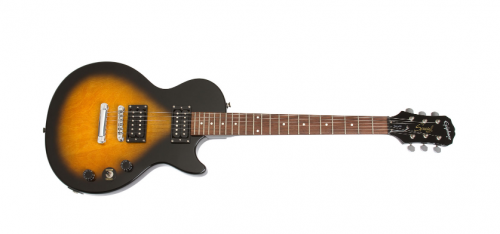
The ‘Vintage sunburst’ is basically the ebony finish with an extra layer, even though it doesn’t appear as such at first glance. This colour option is not in any way less elegant or classy when compared to the Ebony finish, but it adds a little touch of nostalgia and old-school vibe to it.
Heritage Cherry Sunburst
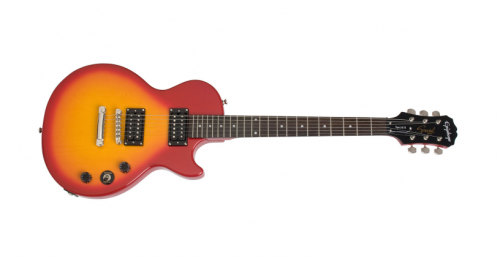
The Heritage cherry sunburst finish is, essentially, a trademark finish. When people see this guitar in this fashion, they know it’s a Les Paul. Bright, vivid red circles around the ‘sunburst’ loop, and suffice to say, it has plenty of life in it still.
Sound
Epi guitars sound pretty special regardless of whether such a term is in their name or not. Regardless, the Les Paul Special II is not an exception from that ‘rule’ of sorts. The best way to describe the sound of this axe is to label it as ‘pure rock and roll’. The attack is controlled, followed by a decent amount of sustain and plenty of colourful tone, rich in body and structure.
Now, the real question is, do you have an amp to follow through the genius quality of Les Paul Special II’s sound?
On a cheap amp, it may sound a bit fuzzy and distorted, even on a clean channel. Mid-priced amps, depending on the model, will make sure you get at least a glimpse of how great this ax can sound, but even though it’s a budget model, it’s ideally played on more expensive amps. A good option to pair this fella up would be something along the lines of a Boss Katana 50 amp.
Playability
The playability of this guitar is purely amazing. There are jumbo frets that are very easy to press on, the default action is fairly balanced (although you could change it anytime), and the inlays are so simple that they won’t give off a feeling of confusion even to the most immediate of beginners.
That being said, it wouldn’t be fair to say that this is a ‘beginner’ guitar per se. It’s true that it doesn’t cost much, but most seasoned veterans would be at least satisfied with how it sounds.
Durability
Both mahogany and rosewood are robust materials, so it’s quite clear that Les Paul Special II was built to last. It’s not the sturdiest guitar ever made, but with proper maintenance and care, it’s bound to last for at least a couple of decades, if not even more.
Good and Bad about Epiphone Les Paul Special II
We’ve covered all the essential issues, so it’s time to get a quick overview – what’s there to like, and what’s there to dislike about Epiphone Les Paul Special II?
The good
The first, and probably the most important thing is that this guitar has a huge value for the money – it simply offers more benefits than any other similarly priced guitar model. It sounds terrific due to a great combination of tonewoods and hardware, its playability is awesome, and it’s durable enough to withstand a smaller-scale earthquake (head on). The features are fantastic, and intonation isn’t lacking either.
Most people describe this ax as ‘ergonomic’, as it’s very comfortable to play, regardless of the size of your hands – that’s a huge plus too. The last, but certainly not least, the neck has a slim profile. That basically translates to ‘maintenance is easy as pie’.
The bad
There are a couple of potential drawbacks when we take a good, close look at this guitar, but it would be fair to say that this ax doesn’t have any real problems regarding its construction. Firstly, people often confuse the Les Paul Special II with the actual Gibson Les Paul – this is a solid body style guitar which doesn’t have the same amount of tonal resonance as the latter.
Secondly, it’s a ‘special’ – it doesn’t come in a bundle. For a guitar as cheap as this, most people would assume that it would come with a least a carry bag, but that was not the case.
Bottom Line
All things considered, there are absolutely no rational or logical reasons why you wouldn’t at least consider picking this ax up. It has everything a beginner needs and then some, sounds great, feels great, and it comes at a very cheap price. It’s definitely one of the most valuable models in the price range and one of the best beginner guitars.





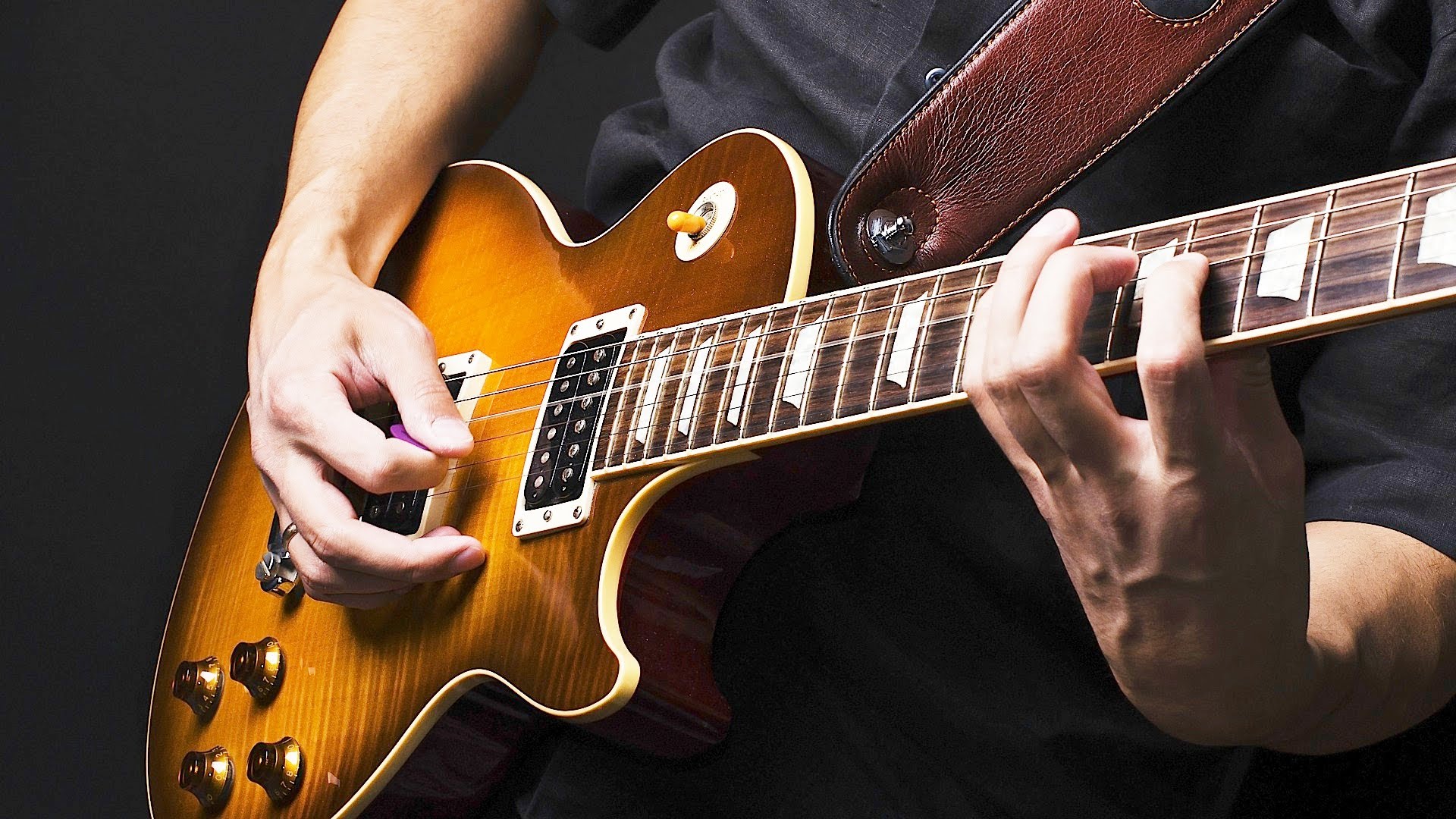
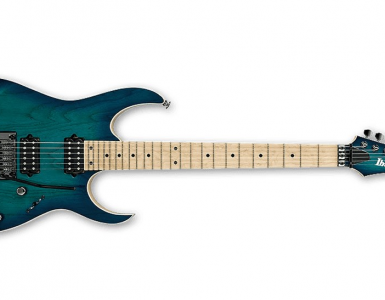





Add comment